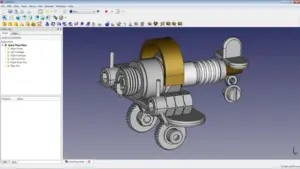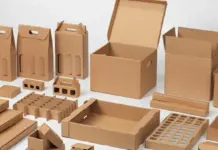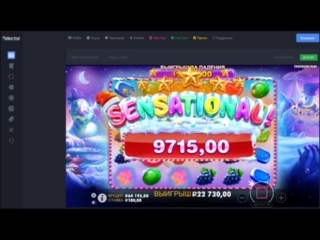Understanding CAD Software Pricing and Features
In the competitive landscape of computer-aided design (CAD) software, understanding the pricing and features can significantly affect a designer’s choice. CAD applications are categorized primarily based on their functionalities, which can range from basic 2D drawing tools to advanced 3D modeling capabilities. As the demand for CAD solutions grows across various industries, having an awareness of the best options available, including the best free cad software, becomes crucial for both newcomers and experienced professionals.
Factors Influencing CAD Software Pricing
Several key factors influence the pricing of CAD software. Typically, these factors are rooted in the complexity of the tool, the number of features it offers, and the specific industry applications it addresses. Firstly, the level of functionality greatly impacts the cost. Advanced software that supports comprehensive modeling, simulation, and rendering tasks usually commands a higher price. In contrast, simpler software solutions tailored for basic drafting and design tasks are generally more affordable.
Support and training services are another consideration. Many software companies offer varying levels of customer support, ranging from basic troubleshooting to extensive training programs. Software with robust support networks often incurs higher costs due to the added value these services provide.
- Software Complexity: More complex tools with advanced features usually mean higher prices.
- Support Services: Extensive customer support and training can add to software costs.
- Licensing Model: Subscription-based services often result in ongoing costs, while perpetual licenses require a one-time payment.
Types of CAD Software Licensing
CAD software is available in various licensing models, each catering to different user needs. The most common models include perpetual licenses, subscriptions, and free versions. A perpetual license allows users to make a one-time payment for ownership of the software, giving them the flexibility to use it indefinitely. On the other hand, subscription models have gained popularity for their lower initial investment, as they allow users to pay monthly or annually, thus accessing the latest updates without a hefty upfront cost.
The free versions of CAD software can also be an attractive option for beginners or hobbyists. These typically offer basic functionalities, enough to complete simple projects without incurring expenses. Many professional-grade CAD software programs provide limited-time free trials or watered-down free versions, allowing designers to explore the features before committing financially. For those keen on finding https://ask4cad.com/ solutions without breaking the bank, considering the best free cad software can be a strategic decision.
Top Features to Consider
When evaluating CAD software, certain features stand out as essential for efficient design work. Here are some critical features to consider:
- 3D Modeling Capability: For projects requiring detailed visualization, robust 3D modeling tools are a must.
- Rendering Options: High-quality rendering options enhance presentations and client communications.
- Collaboration Tools: Integrated collaboration features allow multiple users to work efficiently on designs simultaneously.
- File Compatibility: Compatibility with various file formats, especially DWG and DXF, is crucial for seamless workflow.
- Customization: A customizable interface adapts to diverse design needs, improving user experience.
Conclusion
Navigating the landscape of CAD software requires a keen understanding of pricing models and essential features. While higher-priced options often come with comprehensive functions and support, budget-friendly alternatives like the best free cad software can serve as excellent starting points for many users. Ultimately, the right choice depends on balancing cost with the specific design needs and project requirements. Taking the time to evaluate and compare software options will ensure you find a solution that fits both your budget and functional needs, leading to successful design outcomes.








